1. Alcatraz Island, California
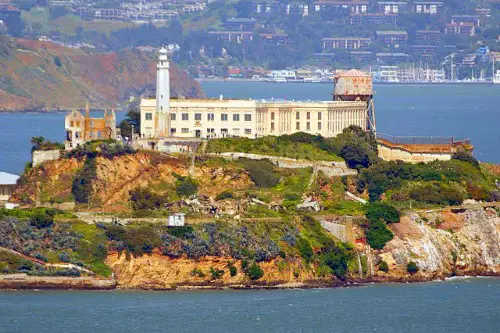
Once home to some of the most notorious criminals in history, Alcatraz has its share of dangers. Tourists often venture near the island’s rocky shorelines, unaware of the strong currents and freezing water that can easily overwhelm swimmers. Plus, the isolated location means rescues can be delayed.
2. Mount Whitney, California

This towering peak in the Inyo National Forest is the highest point in the contiguous U.S. While it attracts mountaineers and hikers, it is notoriously challenging due to its altitude and weather conditions. Sudden storms and altitude sickness catch many off guard, making it a risky climb for even experienced adventurers.
3. New Orleans, Louisiana
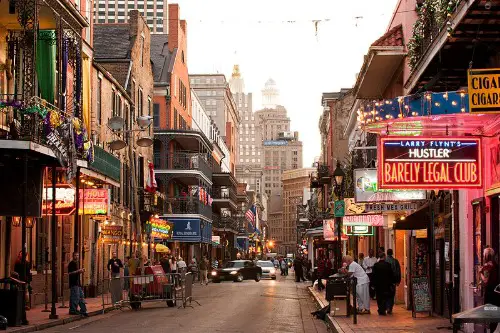
While New Orleans is rich in culture and history, it also has a reputation for higher-than-average crime rates in certain neighborhoods, particularly in the tourist-heavy areas. Visitors often become targets for theft or violence, especially when walking alone at night or venturing into unfamiliar areas.
4. Everglades National Park, Florida
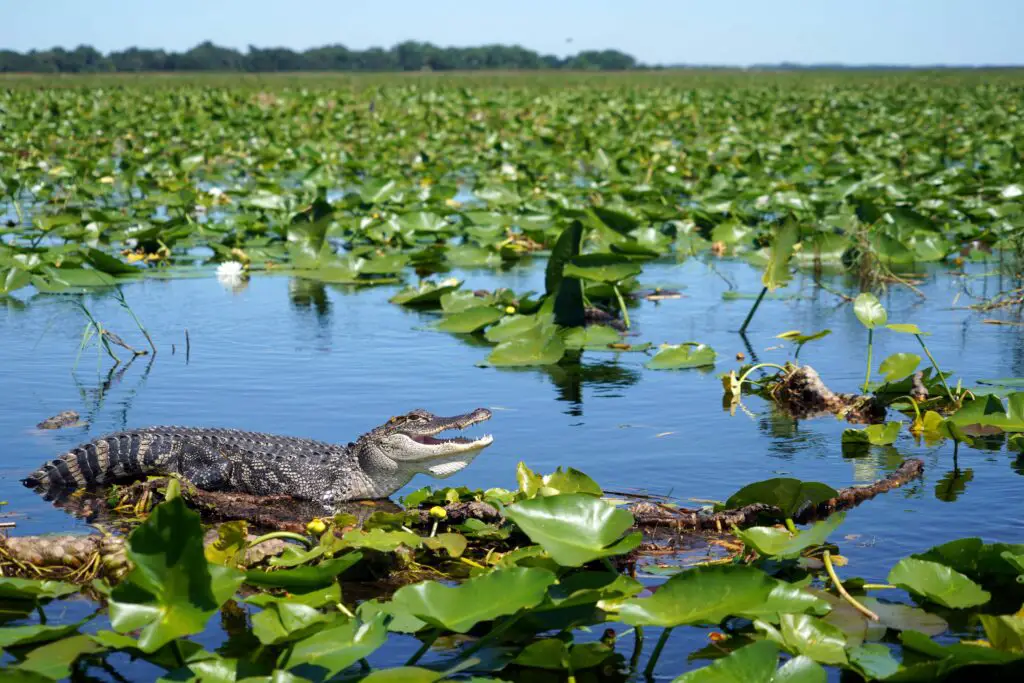
The Everglades may seem like a tropical paradise, but it’s also home to dangerous wildlife like alligators and venomous snakes. Additionally, its swampy, unpredictable terrain can lead to deadly accidents for hikers or those exploring by boat.
5. Yellowstone National Park, Wyoming/Montana/Idaho
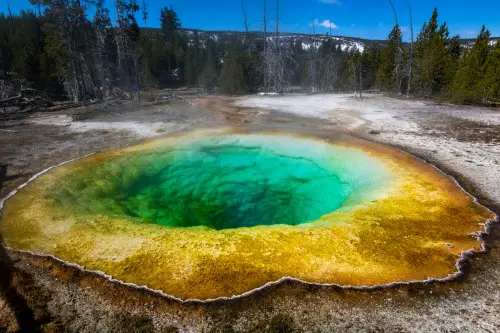
Yellowstone’s geothermal features are awe-inspiring, but they’re also incredibly hazardous. Boiling hot springs, geysers, and mud pots can cause severe burns or even death. Visitors often get too close to these features, not realizing just how dangerous they are.
6. Zion National Park, Utah

Known for its striking red rock cliffs and rugged terrain, Zion attracts many hikers. However, some of the trails, such as Angels Landing, are extremely steep and narrow, with sheer drops on either side. Every year, people fall, sometimes fatally, due to the trail’s challenging conditions.
7. The Appalachian Trail, Eastern U.S.
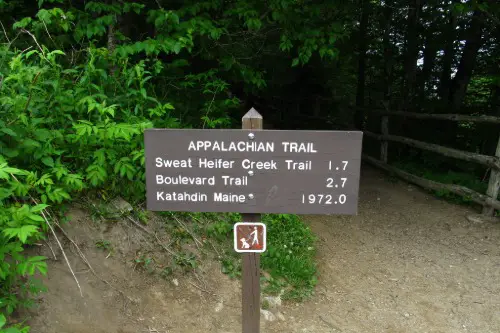
Spanning over 2,000 miles, this iconic hiking trail covers a variety of challenging landscapes. Hikers face risks from harsh weather, wildlife encounters, and even accidents on steep sections of the trail. The remote nature of certain areas also makes it hard for help to reach those in need.
8. The Grand Canyon, Arizona
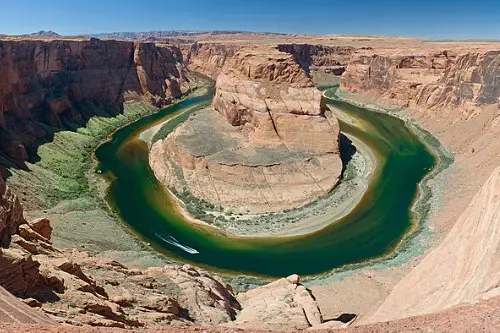
While stunningly beautiful, the Grand Canyon is also one of the deadliest places for tourists. Many visitors underestimate the extreme heat, particularly during the summer, and attempt long hikes without proper hydration or gear. Add to that the canyon’s steep cliffs, and it’s easy to see why it’s responsible for numerous fatalities each year.
9. The Pacific Coast Highway, California
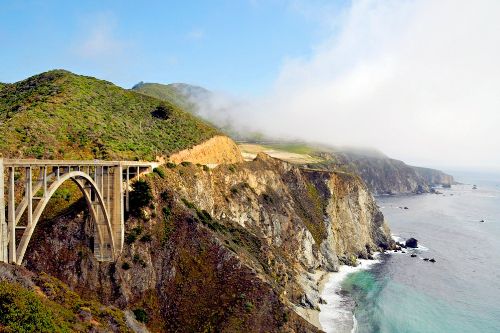
This scenic route along the California coast offers breathtaking views but is infamous for its deadly cliffs and winding roads. Fog and unpredictable weather can reduce visibility, while sharp turns and narrow lanes increase the risk of accidents. Tragically, numerous tourists have died in car crashes here.
10. Hawaii Volcanoes National Park, Hawaii
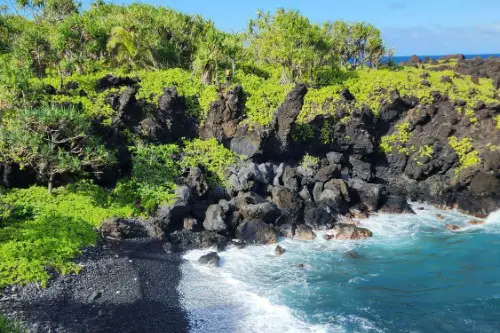
Hawaii’s active volcanoes offer tourists the rare opportunity to witness flowing lava. But volcanic activity is unpredictable, and lava flows, gas emissions, and sudden eruptions can be life-threatening. Many visitors underestimate the risks and venture too close to hazardous areas.
11. The Rocky Mountains, Colorado
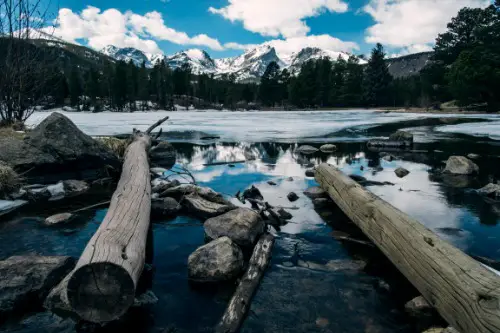
These majestic peaks draw outdoor enthusiasts, but they also present many dangers, such as avalanches, sudden weather changes, and altitude sickness. Trails can be challenging, and even experienced hikers have found themselves in perilous situations due to the unforgiving environment.
12. Lake Michigan, Illinois

While the beaches of Lake Michigan are popular, the lake itself is notorious for dangerous rip currents, especially around the Great Lakes region. Every year, swimmers get caught in these currents, leading to drownings. The lake’s cold temperatures also increase the risk of hypothermia.
13. Big Bend National Park, Texas
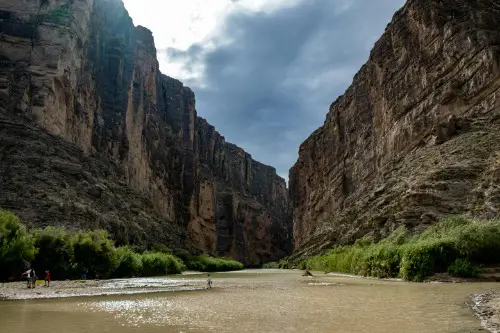
Big Bend’s remote desert environment can be deadly for unprepared travelers. Temperatures can soar well above 100°F (38°C), leading to dehydration. The rugged terrain is also treacherous, and rescue teams can be hours away if something goes wrong.
14. Death Valley, California/Nevada

As one of the hottest places on Earth, Death Valley is notorious for its blistering temperatures, which can reach over 130°F (54°C) in the summer. Visitors are often unprepared for the extreme conditions, leading to dehydration and heatstroke. If that wasn’t enough, navigating the vast, desolate area can easily result in getting lost.
15. Mount Rainier, Washington
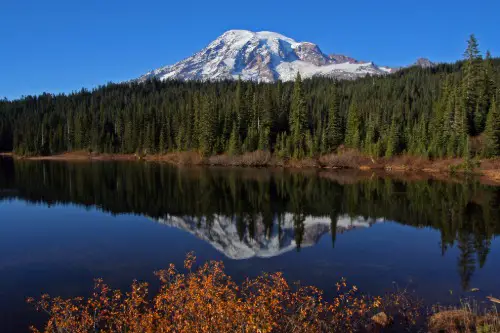
Mount Rainier is an active volcano and the highest peak in Washington State. Its glaciers are prone to melting, creating unstable terrain, and sudden weather changes can make it treacherous for climbers and hikers. With unpredictable conditions and many routes that require technical expertise, it can be a fatal challenge for those unprepared.


